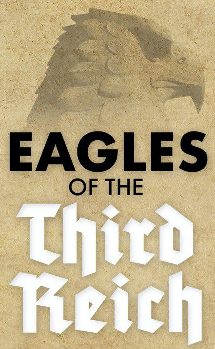Type: Sculptor
Born: May 6, 1881 (Mühltal near Leoben)
Death: March 10, 1966 (Graz)
In 1933 Gösser joined the Graz local group of the NSDAP and left again in 1936 because he stopped paying contributions. An internal party assessment from 1941 also indicates party membership in the Fatherland Front. Numerous applications for membership by Gösser from 1940 on were rejected with reference to the membership ban of the NSDAP.
His works include a bust of Hugo Wolf from 1945 in the park of the Palais Meran , a portrait relief of the chemist Friedrich Emich in Villeforthgasse and numerous other monuments and busts in Graz, as well as numerous grave monuments at the Graz central cemetery.
Gösser created the war memorial on the main square in Leibnitz from 1927 to 1930 together with Bruno Fiedler. At the exhibition German Artists and the SS in Salzburg in 1944, he exhibited the work “Ritter von Schönerer”, the idol of Adolf Hitler Georg von Schönerer .
His Iron Wehrmann, created in 1916 and now in the Graz Garrison Museum, should be seen as a curiosity. In the memorial in the laundry room, a multimedia museum for contemporary history, the sculptor’s ability to change under different living conditions and regimes is documented.
He is buried in the St. Leonhard Cemetery in Graz.
Works:
